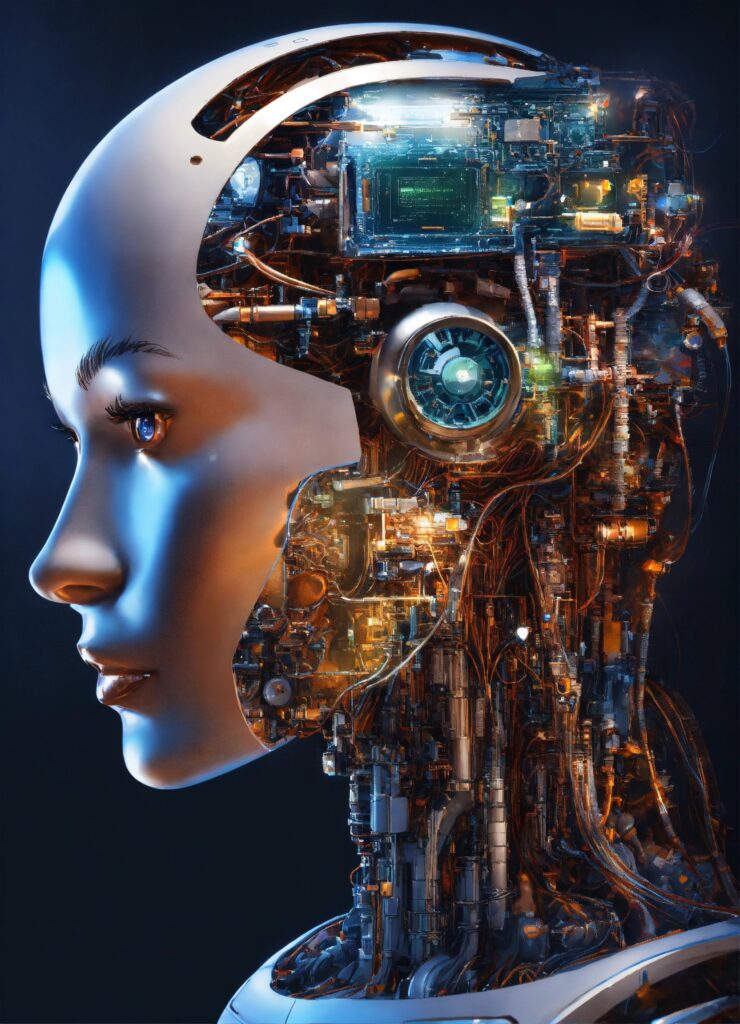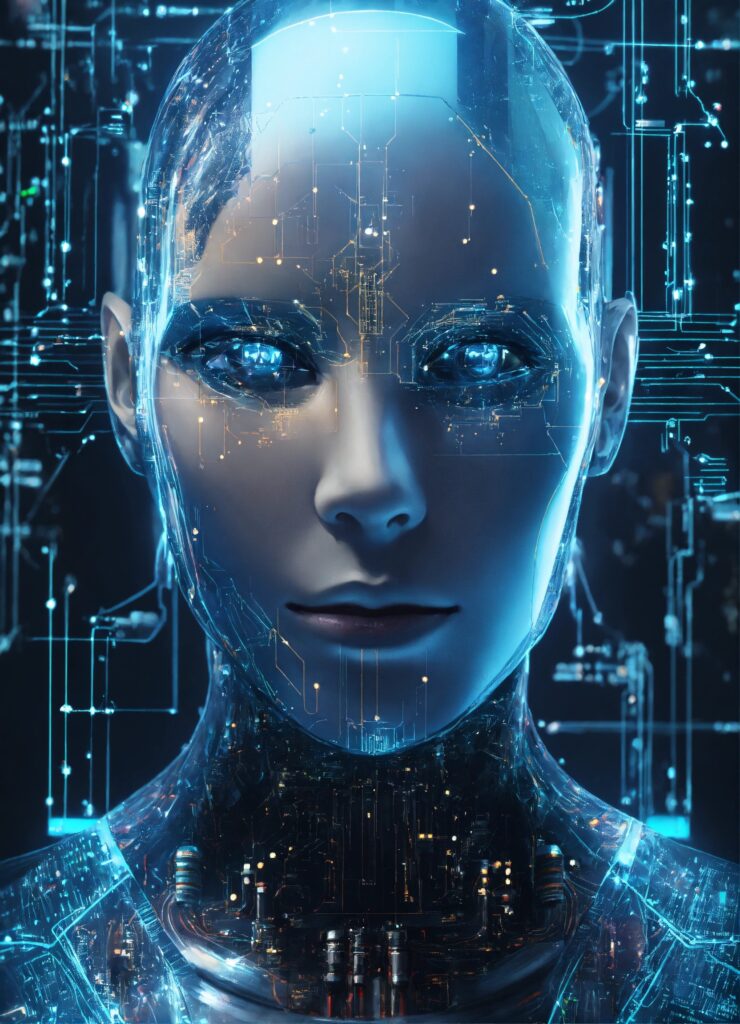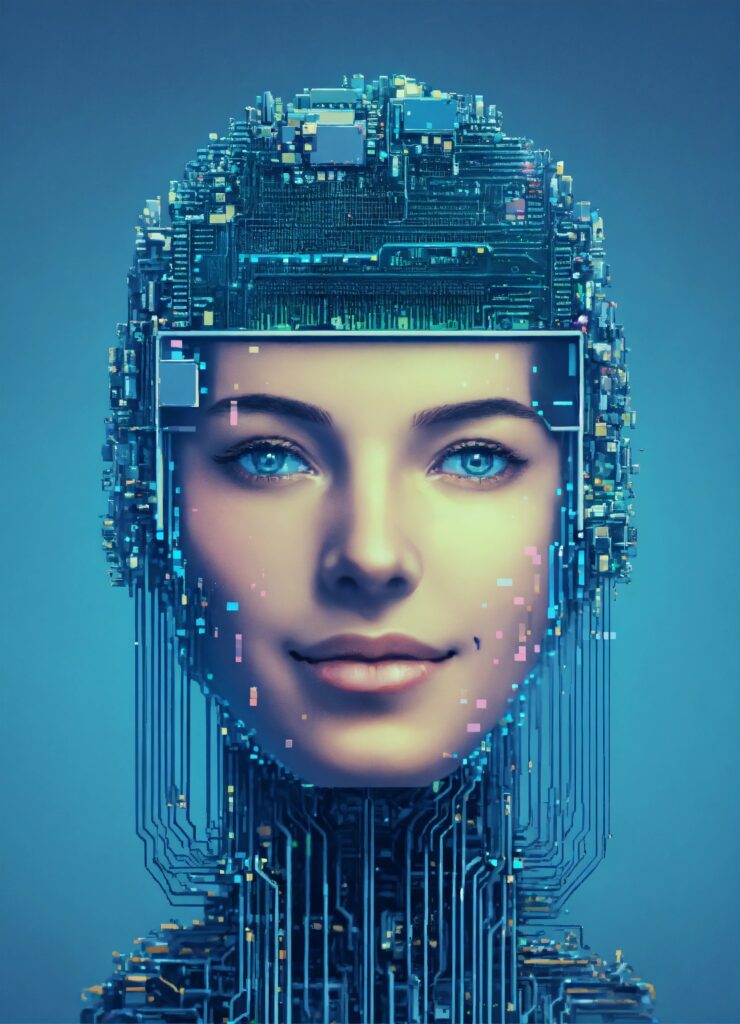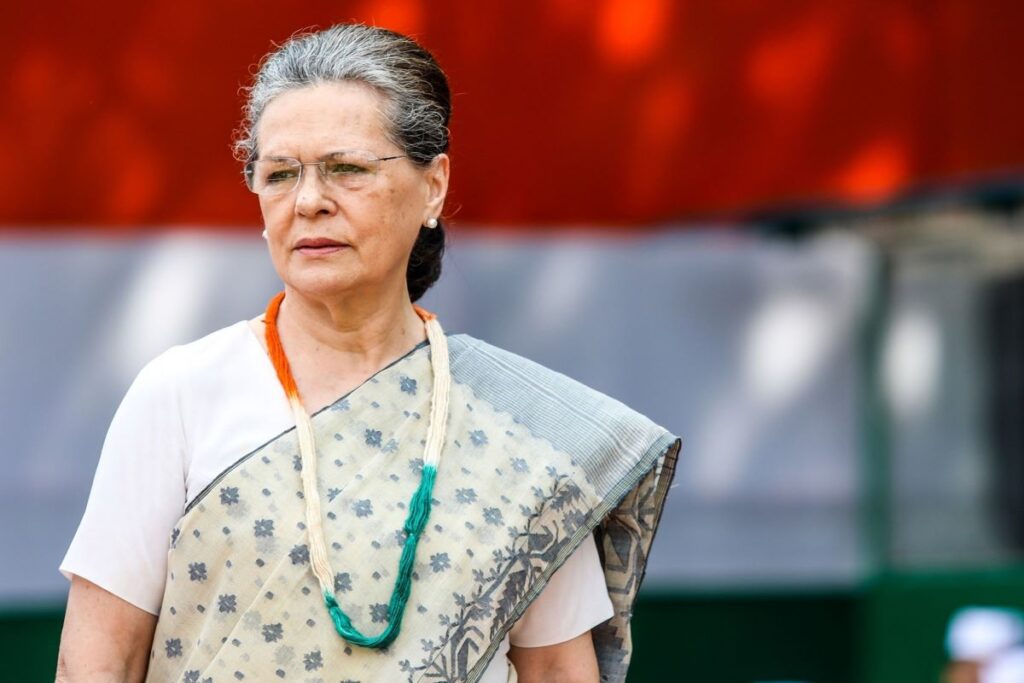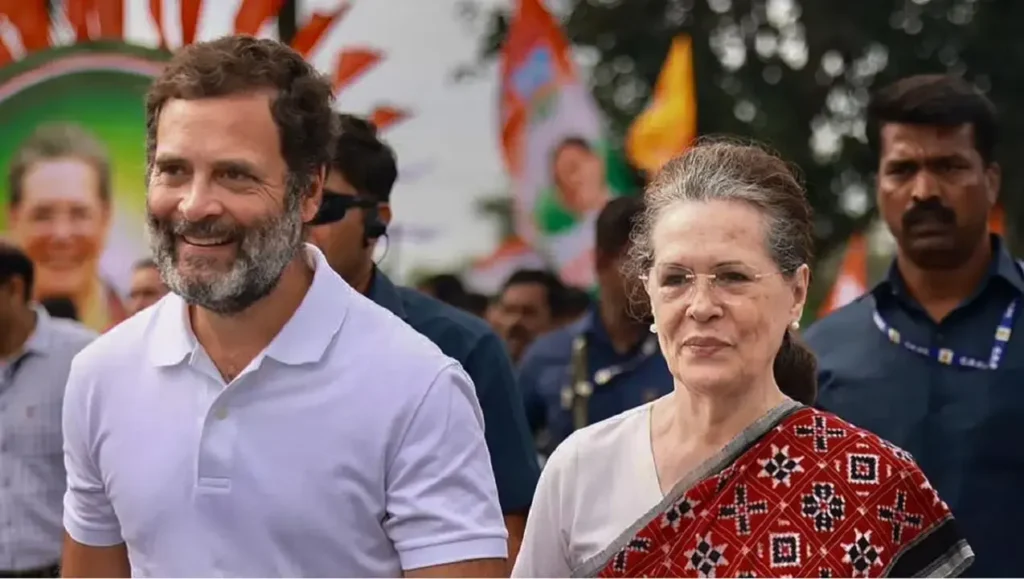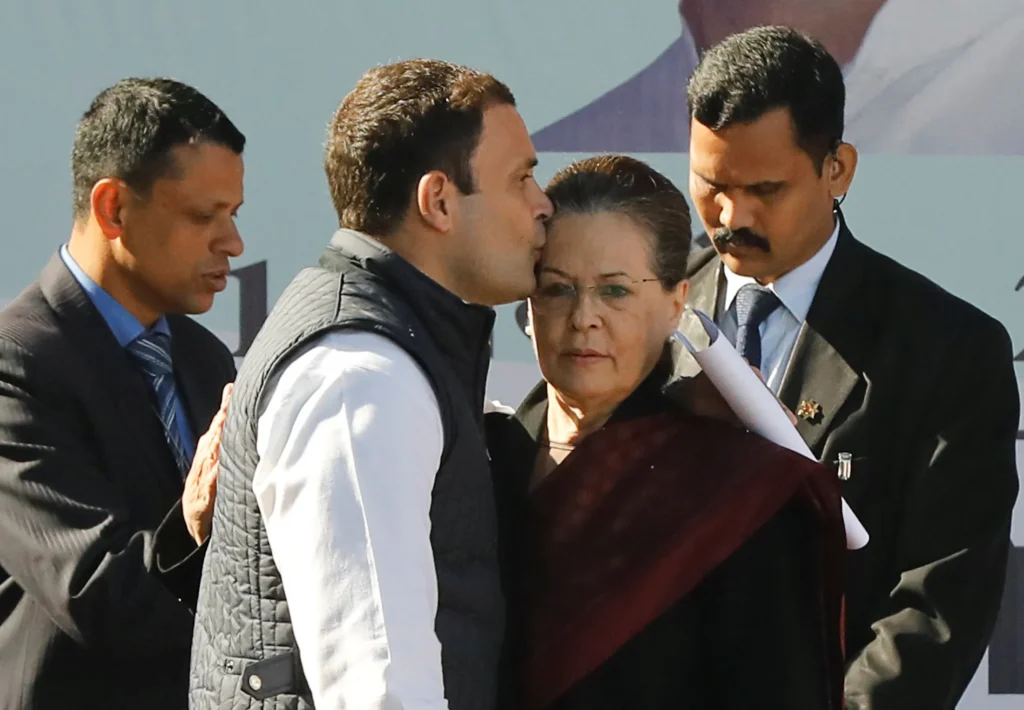-
Dec, Sat, 2023
Success Story of Arnold Schwarzenegger
Table of Contents
Success Story Of Arnold Schwarzenegger
Arnold Schwarzenegger is a notable figure known for his success in bodybuilding, acting, and politics. His journey to success is an inspiring tale of ambition, determination, and versatility.

Arnold Schwarzenegger was born on July 30, 1947, in Thal, a small village in Styria, Austria. He was the second son of Gustav Schwarzenegger, a local police chief, and Aurelia Schwarzenegger, who was a homemaker.
From an early age, Arnold showed an interest in athletics and sports. He began weight training at the age of 15 and quickly developed a passion for bodybuilding. He idolized bodybuilding icons like Reg Park and dreamed of becoming a world champion in the sport.
During his teenage years, Schwarzenegger became determined to leave Austria and pursue his aspirations in bodybuilding and eventually in Hollywood. At the age of 20, he won the Mr. Universe title, marking the beginning of his successful bodybuilding career.
In 1968, Arnold Schwarzenegger moved to the United States, settling in Los Angeles, California, to further pursue his bodybuilding ambitions. He faced language barriers and financial struggles initially but was relentless in his pursuit of success.
His breakthrough came in the world of bodybuilding when he won the prestigious Mr. Olympia title, becoming one of the most successful bodybuilders in history. Arnold’s success in bodybuilding opened doors for him in the entertainment industry, leading to his iconic career in acting, where he became a renowned action movie star.
Beyond his acting career, Schwarzenegger delved into entrepreneurship, investing, and eventually politics. His remarkable journey from a small Austrian village to becoming a global icon in bodybuilding, acting, and politics embodies the quintessential American success story of perseverance, hard work, and seizing opportunities.
Arnold Schwarzenegger began his career as a bodybuilder in Austria. He had a strong passion for the sport from a young age and dedicated himself to intense training. He won the Mr. Universe title at the age of 20 and went on to win the prestigious Mr. Olympia competition multiple times, becoming a legendary figure in bodybuilding.
Arnold transitioned from bodybuilding to acting, which became his next avenue for success. His breakout role came in the bodybuilding documentary “Pumping Iron.” This led to his iconic role as Conan the Barbarian in the film “Conan the Barbarian” in 1982. Schwarzenegger’s charismatic presence, coupled with his physical stature and action-hero persona, propelled him to stardom.
He starred in numerous blockbuster movies, including the “Terminator” series, “Predator,” “Total Recall,” “True Lies,” and many others, establishing himself as one of Hollywood’s leading action stars.
Arnold Schwarzenegger also ventured into business and entrepreneurship. He had a successful career in real estate investing, was involved in the fitness industry, and had lucrative endorsement deals.
Perhaps one of his most surprising transitions was entering politics. He served as the Governor of California from 2003 to 2011, winning the gubernatorial recall election. As a Republican, Schwarzenegger focused on issues like environmental policy, infrastructure, and education during his tenure.
Throughout his career, Schwarzenegger has been involved in philanthropic efforts. He established the Arnold Sports Festival, which promotes health and fitness, and has been involved in various charitable causes.
Arnold Schwarzenegger’s success can be attributed to several qualities:
Determination and Discipline: His unwavering commitment and work ethic in bodybuilding, acting, and other endeavors were instrumental in achieving success.
Adaptability: He successfully transitioned between vastly different careers, showcasing his ability to adapt and excel in various fields.
Vision and Ambition: Schwarzenegger had clear goals and pursued them with determination, whether it was in bodybuilding, entertainment, business, or politics.
Resilience: Despite facing challenges and setbacks, he persevered and continued to reinvent himself, leveraging his strengths to move forward.
Arnold Schwarzenegger’s story serves as an inspiration to many, illustrating how hard work, determination, versatility, and a relentless pursuit of goals can lead to tremendous success across multiple fields.










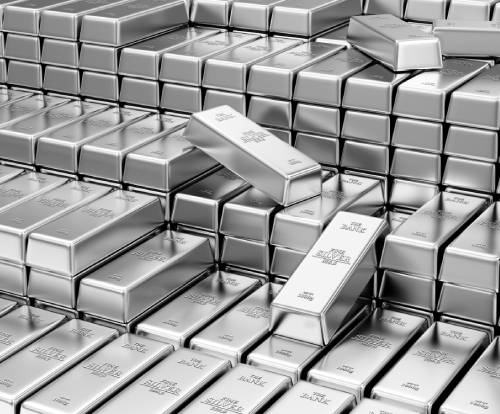
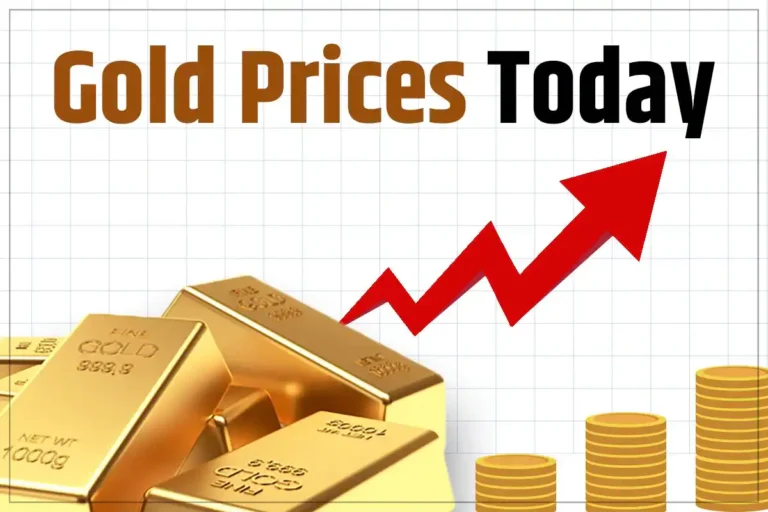





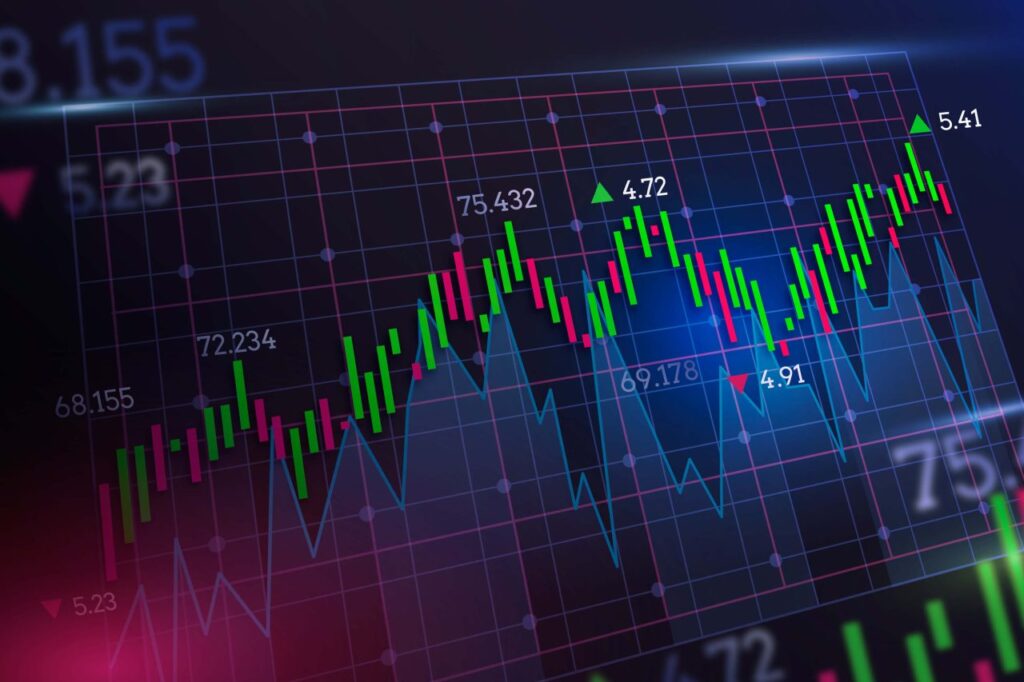



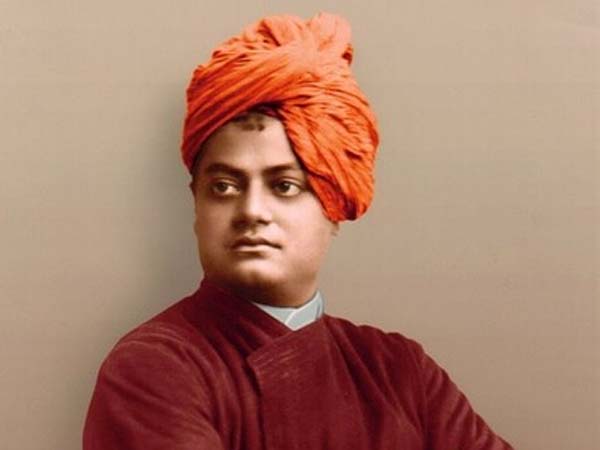
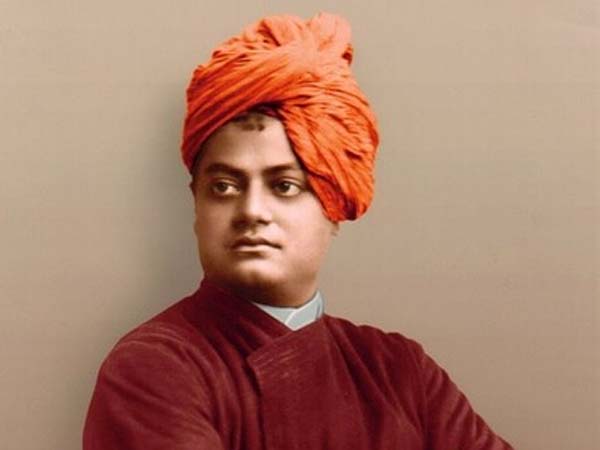

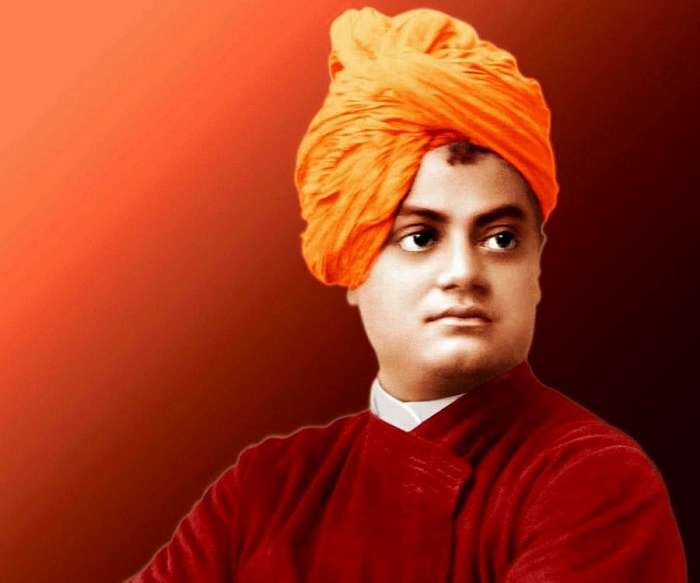
![Advantages And Disadvantages Of Artificial Intelligence [AI]](https://tradewithakanksha.com/wp-content/uploads/2023/12/the-power-of-AI-1024x585.jpg)

